Buttons. We encounter them dozens, if not hundreds, of times a day. On our clothes, our coats, our remote controls, even our jeans (though many modern jeans rely on zippers, the button still has a role!). They’re so ubiquitous, so…present, that we rarely give them a second thought. But beneath their unassuming exterior lies a fascinating history stretching back millennia, a story that reflects changes in fashion, technology, social status, and even political power. This article will delve into that history, exploring the evolution of the button from a purely decorative ornament to the functional fastener we know today.
Early Origins: Decoration, Not Fastening (3000 BCE – 1200 CE)
The story of the button doesn’t begin with functionality. The earliest “buttons” weren’t used for closing clothes at all. Archaeological evidence suggests that buttons first appeared around 3000 BCE in the Indus Valley Civilization (modern-day Pakistan and Northwest India). These weren’t the buttons we recognize, but rather small, flat discs made from shell. They were used as decorative ornaments, likely sewn onto garments for aesthetic purposes. Similar shell buttons were found in the remains of the Minoan civilization in Crete, dating back to around 2000 BCE. Again, their purpose was primarily ornamental.
In ancient Egypt, buttons were crafted from materials like ivory, bone, and faience – a glazed ceramic material. These, too, served as decorative elements, adorning tunics and robes. The Egyptians valued elaborate jewelry and adornments, and buttons fit seamlessly into that aesthetic. While these early buttons might have had some minimal fastening potential, it wasn’t their primary function. Clothing was largely draped and secured with pins and belts.
The ancient Greeks and Romans also utilized decorative buttons, often made from bronze or glass. Roman tunics, for example, frequently featured decorative glass buttons. However, the concept of buttonholes – crucial for truly functional buttoning – didn’t yet exist. Garments were still primarily secured through draping, tying, and the use of brooches or fibulae.
The Rise of Functional Buttons (13th – 17th Centuries)
The 13th century marks a significant turning point in button history. It’s around this time that buttons began to transition from purely decorative items to functional fasteners. This shift coincided with changes in European clothing styles. Clothes became more fitted, requiring more sophisticated methods of closure. The development of buttonholes was the key innovation. Initially, these buttonholes were simple slits reinforced with stitching, but they were a crucial step towards the modern button and buttonhole system.
Early functional buttons were often made from bone, horn, wood, or metal. Wealthier individuals commissioned buttons crafted from precious materials like gold, silver, and jewels. These elaborate buttons became symbols of status and wealth. The more ornate and expensive your buttons, the higher your social standing. During the Renaissance, buttons truly came into their own as fashion accessories. They were often elaborately decorated with intricate designs, portraits, or heraldic symbols.
The 15th and 16th centuries witnessed a surge in button production, particularly in Venice and Nuremberg. These cities became renowned centers for button-making, crafting buttons for the European aristocracy. The buttons were frequently used to fasten doublets, jerkins, and other fitted garments. The artistry involved in creating these buttons was considerable, with skilled artisans employing techniques like chasing, engraving, and enameling.
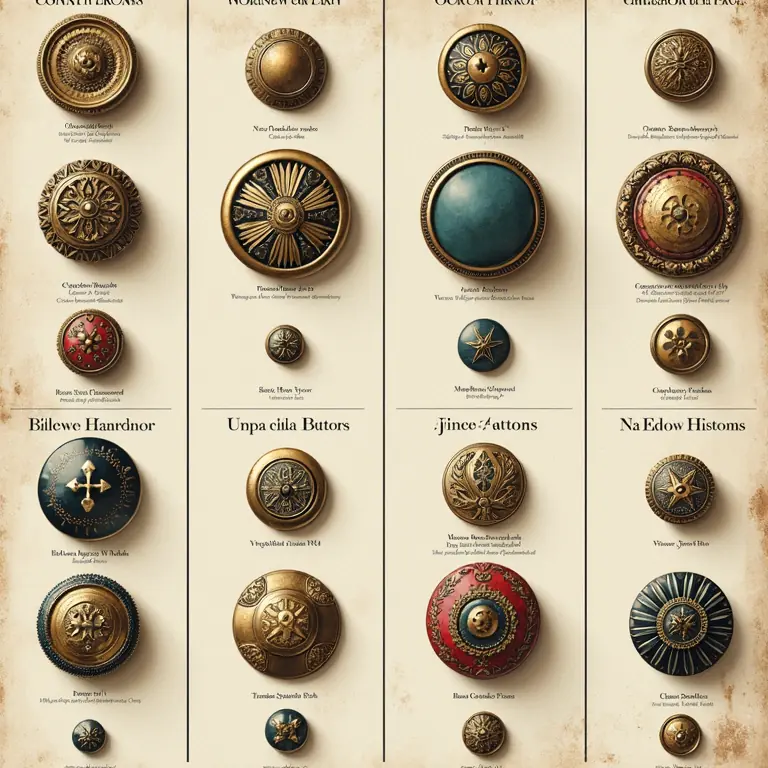
The Industrial Revolution and Mass Production (18th – 19th Centuries)
The 18th century saw further refinements in button design and production. Buttons made from materials like glass, porcelain, and paste (a type of lead crystal) became increasingly popular. The demand for buttons continued to grow, fueled by changing fashion trends and a growing middle class. However, the real revolution came with the Industrial Revolution.
The late 18th and early 19th centuries witnessed the mechanization of button production. Water-powered machinery was initially used to cut and shape buttons from materials like bone and vegetable ivory. The process was significantly faster and more efficient than traditional handcrafting. This led to a decrease in the cost of buttons, making them more accessible to a wider range of people.
In 1812, a British inventor named John Grimshaw patented a machine for making buttons from shell. This was a major breakthrough, as shell buttons were highly sought after but labor-intensive to produce. Grimshaw’s machine revolutionized the industry, enabling the mass production of shell buttons.
The discovery of Bakelite in 1907, the first fully synthetic plastic, marked another turning point. Bakelite buttons were durable, inexpensive, and could be molded into a wide variety of shapes and colors. They quickly became ubiquitous in the early 20th century, replacing many traditional materials like bone and vegetable ivory. This innovation dramatically lowered the cost of buttons and made them even more readily available.
Buttons in the 20th and 21st Centuries: Variety and Beyond
The 20th century saw an explosion in button variety. Buttons were made from an ever-expanding range of materials, including plastic, metal, glass, wood, fabric, and even stone. New manufacturing techniques allowed for increasingly complex designs and finishes. The rise of fast fashion further fueled the demand for buttons, as clothing styles changed more rapidly.
Buttons became more than just fasteners; they became fashion statements in their own right. Designers experimented with different shapes, sizes, colors, and materials to create buttons that complemented their clothing designs. Buttons were used to add a touch of personality and flair to garments.
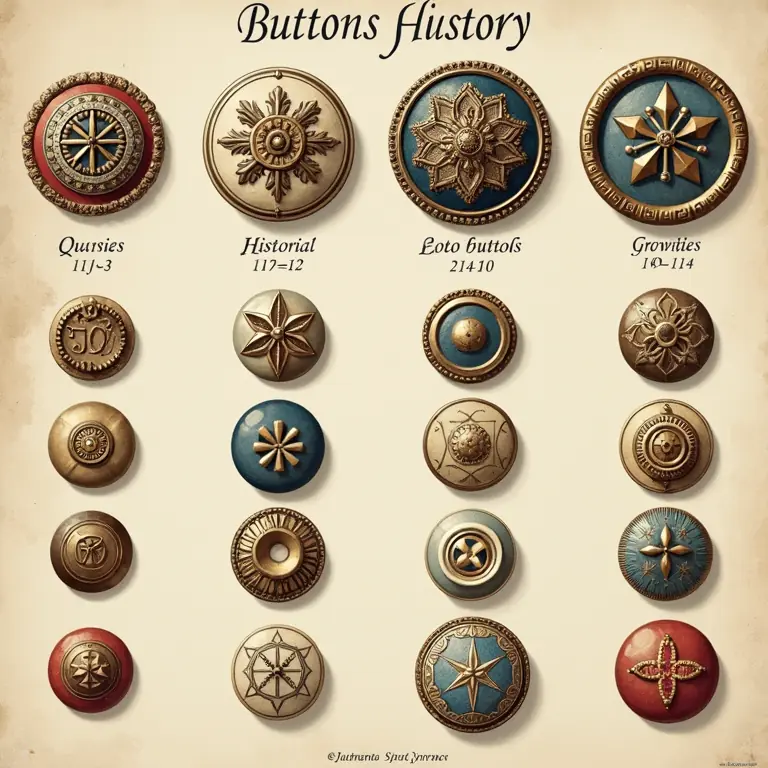
Today, the button industry is a global enterprise. Buttons are manufactured in countries around the world, using a combination of traditional and modern techniques. While plastic remains the most common material, there’s a growing trend towards using sustainable and eco-friendly materials like wood, coconut shell, and recycled materials. The demand for unique and handcrafted buttons is also increasing, as consumers seek out more personalized and artisanal products.
Beyond Clothing: Buttons in Technology and Culture
The influence of the button extends far beyond the realm of fashion. The concept of the “button” has been adapted to various technological applications. The buttons on our remote controls, calculators, and other electronic devices are direct descendants of the original fasteners. The digital buttons we interact with on our smartphones and computers are, in essence, virtual representations of the physical buttons that have been with us for millennia.
The word “button” itself has also entered our lexicon as a metaphor. To “push someone’s buttons” means to deliberately provoke or irritate them. This usage reflects the idea of a button triggering a response, much like a physical button activates a mechanism.
Buttons have also found their way into art and popular culture. Artists have used buttons as a medium for creating mosaics, sculptures, and other works of art. Buttons are collected as a hobby, with enthusiasts amassing vast collections of buttons from different eras and cultures. You can explore similar deep dives into seemingly mundane objects at The Unexpectedly Precise History of Time Zones, or the fascinating world of The Curious Physics of Bubbles.
The Future of Buttons
What does the future hold for the humble button? While zippers and other fasteners have gained popularity, the button isn’t going anywhere. Its aesthetic appeal and versatility ensure its continued relevance in fashion. We can expect to see continued innovation in button materials and designs, with a greater emphasis on sustainability and personalization.
The rise of 3D printing could also revolutionize button production, allowing for the creation of highly customized and intricate buttons on demand. Smart buttons – buttons that incorporate electronic components – are also being developed, offering potential applications in wearable technology and interactive clothing.
The story of the button is a testament to human ingenuity and our enduring fascination with adornment and functionality. From its origins as a decorative ornament to its current status as an indispensable fastener, the button has played a surprisingly significant role in our history and culture. It’s a small object with a big story, a reminder that even the most mundane things can have a rich and fascinating past. If you’re interested in how seemingly simple things have surprising political histories, take a look at The Unexpectedly Political History of Fonts. Or, for a look into cultural traditions, you might find The Secret Language of Tea Leaves insightful. And if you’re curious about the origins of familiar things, explore The Unexpected Origins of Nursery Rhymes.
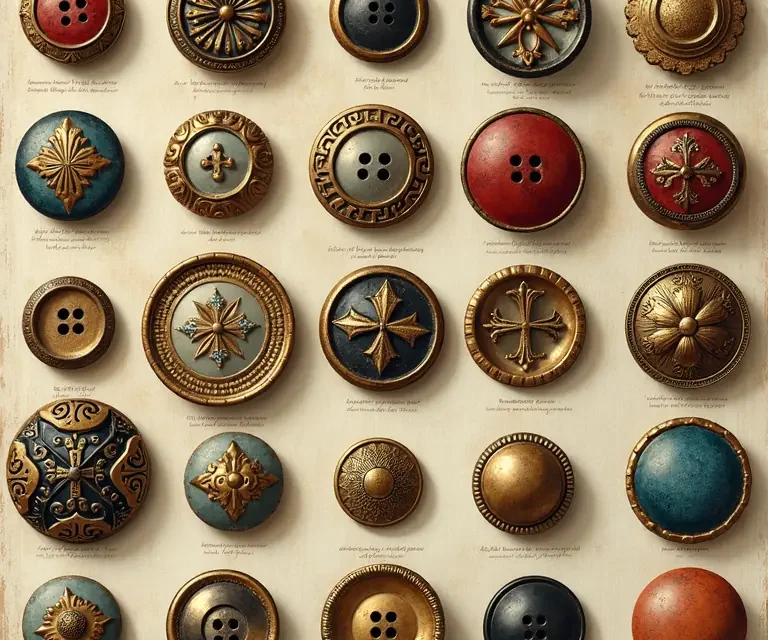

 The Curious Acoustics of Historical Echo Chambers: Resonance, Ritual, and Revelation
The Curious Acoustics of Historical Echo Chambers: Resonance, Ritual, and Revelation 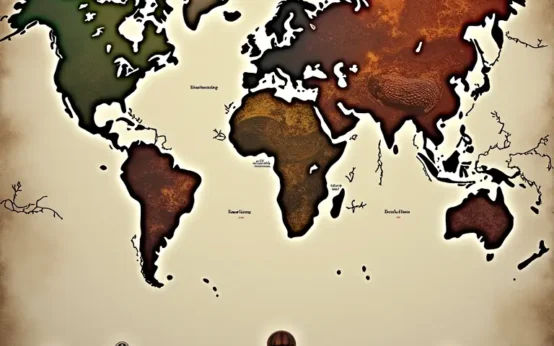 The Curious Cartography of Scent: Mapping Perfume Ingredients Through History
The Curious Cartography of Scent: Mapping Perfume Ingredients Through History 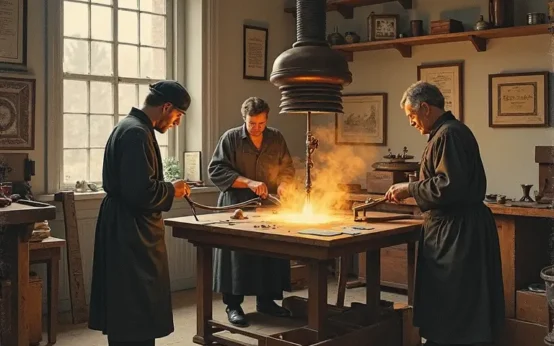 The Curious Lexicon of Lost Trades
The Curious Lexicon of Lost Trades  The Surprisingly Consistent Science of Historical Ice Harvesting – A Frozen History of Commerce & Preservation
The Surprisingly Consistent Science of Historical Ice Harvesting – A Frozen History of Commerce & Preservation 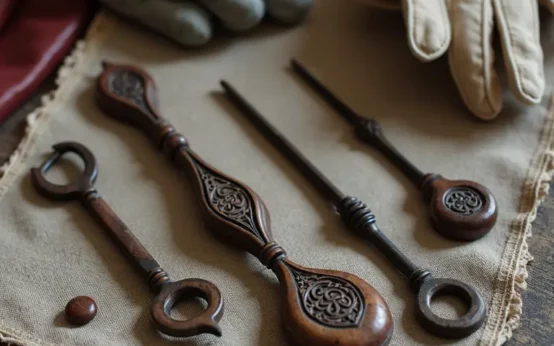 The Unexpectedly Consistent Science of Historical Buttonhooks – Fashion, Function & Forgotten Tools
The Unexpectedly Consistent Science of Historical Buttonhooks – Fashion, Function & Forgotten Tools  The Surprisingly Consistent Science of Historical Toy Soldiers – Miniature Warfare, Materials & Collective Play
The Surprisingly Consistent Science of Historical Toy Soldiers – Miniature Warfare, Materials & Collective Play